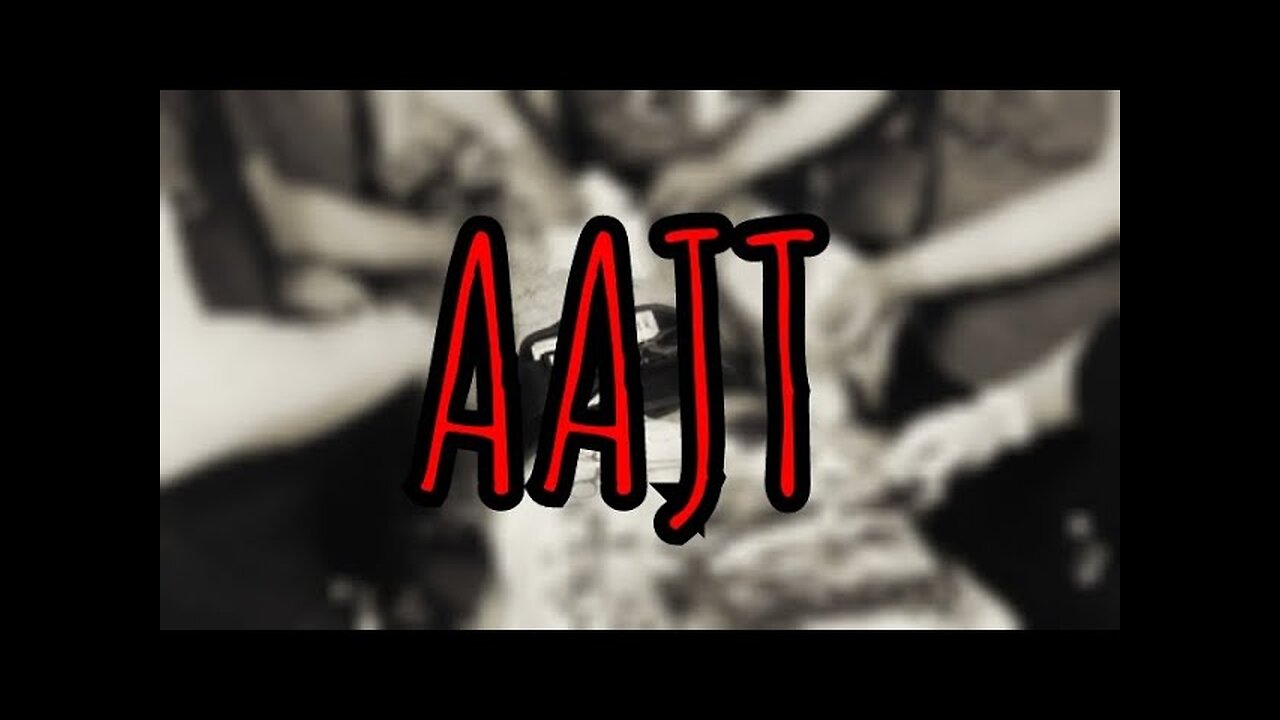Premium Only Content

Prolonged Field Care Podcast 174: AAJT
In this episode, Dennis interviews John and Paul about the Abdominal Aortic and Junctional Tourniquet (AAJT). They discuss the background and reasons for inventing the AAJT, including the need to control bleeding in the pelvis. They also talk about the first application of the AAJT and the positive results seen in combat situations. The conversation then moves on to study data and research on the device, including some negative studies that have been conducted. They also discuss the pressure levels used with the AAJT and the potential for extending the application time. Finally, they address the negative consequences of high pressure and the comfort level of wearing the device. The conversation explores the application and function of the Abdominal Aortic Junctional Tourniquet (AAJT) and its potential use in pre-hospital care. It discusses the challenges of prolonged application and the risks associated with it. The conversation also delves into alternative techniques and future developments in the field. The importance of reperfusion and monitoring is highlighted, along with the impact of the AAJT on breathing and inspiratory pressure. The discussion touches on the considerations for reducing pressure during reperfusion and the duration of application. The risk-benefit analysis of heroic interventions is examined, emphasizing the need for rapid hemorrhage control. The limitations and risks of Roboa are discussed, and a cadaveric study on the AHAT is presented. The conversation concludes with the role of the AHAT in preparing for future wars and its potential use in traumatic cardiac arrest.
Takeaways
The AAJT was invented to control bleeding in the pelvis and junctional areas.
The device has been successfully used in combat situations and has saved lives.
There have been several studies conducted on the AAJT, with mixed results.
The device applies pressure to occlude blood flow, but the pressure levels are safe and well-tolerated. The Abdominal Aortic Junctional Tourniquet (AAJT) is a fielded device that can be used for rapid hemorrhage control in non-compressible torso hemorrhage.
Prolonged application of the AAJT should be avoided, and it is important to consider the risks and benefits of its use.
Alternative techniques and future developments, such as foams, are being explored for the treatment of non-compressible torso hemorrhage.
Reperfusion and monitoring are crucial considerations when using the AAJT, and the pressure can be reduced during transfusion to mitigate ischemic change.
The AAJT has shown promising results in traumatic cardiac arrest and can be a valuable tool in pre-hospital care.
Thank you to Delta Development Team for in part, sponsoring this podcast.
deltadevteam.com
For more content go to www.prolongedfieldcare.org
Consider supporting us: patreon.com/ProlongedFieldCareCollective or www.lobocoffeeco.com/product-page/prolonged-field-care
-
 1:19:48
1:19:48
Simply Bitcoin
14 hours ago $13.78 earnedJerome Powells MASSIVE Bitcoin Backflip! | EP 1172
78.9K5 -
 58:42
58:42
The StoneZONE with Roger Stone
6 hours agoLBJ + CIA + Mob + Texas Oil = JFK Murder | The StoneZONE w/ Roger Stone
59.1K27 -
 58:00
58:00
Donald Trump Jr.
13 hours agoBreaking News on Deadly Plane Crash, Plus Hearing on the Hill, Live with Rep Cory Mills & Sen Marsha Blackburn | TRIGGERED Ep.212
190K151 -
 52:03
52:03
Kimberly Guilfoyle
12 hours agoLatest Updates on Deadly Air Collision, Plus Major Hearings on Capitol Hill,Live with Marc Beckman & Steve Friend | Ep.192
108K38 -
 1:17:16
1:17:16
Josh Pate's College Football Show
10 hours ago $2.41 earnedMichigan vs NCAA | ESPN’s ACC Deal | Season Grades: UGA & Miami | Notre Dame Losses
46.5K2 -
 1:26:50
1:26:50
Redacted News
10 hours agoWhat happened? Trump DESTROYS the Pete Buttigieg run FAA for tragic airline crash | Redacted News
234K192 -
 LIVE
LIVE
VOPUSARADIO
1 day agoPOLITI-SHOCK! Hero Angela Stanton King & Wrongfully Imprisoned J6 Prisoner Josh Pruitt!
74 watching -
 43:37
43:37
Candace Show Podcast
10 hours agoThe Taylor Swift Plot Thickens | Candace Ep 142
151K135 -
 1:37:33
1:37:33
Common Threads
8 hours agoLIVE DEBATE: Trump's Wild Handling of Plane Tragedy
29.8K10 -
 54:45
54:45
LFA TV
15 hours agoConfirmation Chaos | TRUMPET DAILY 1.30.25 7pm
40.3K11